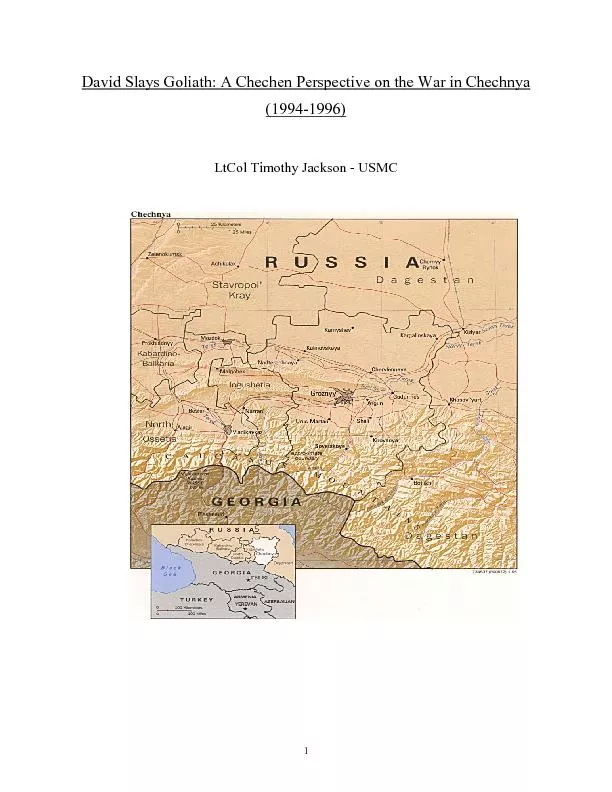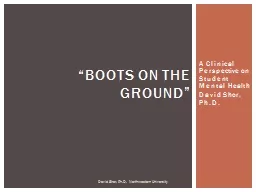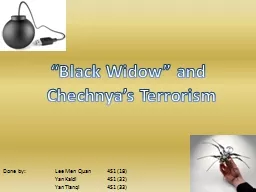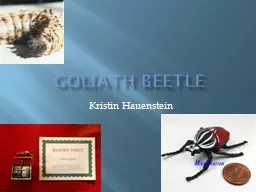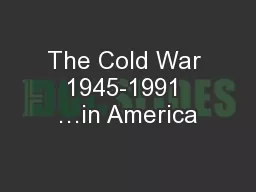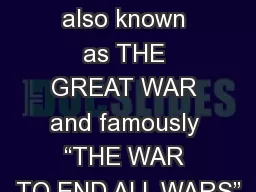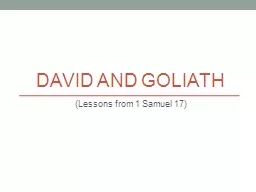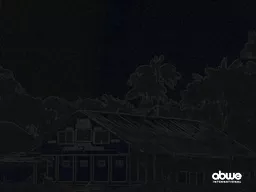PDF-David Slays Goliath: A Chechen Perspective on the War in Chechnya ...
Author : mitsue-stanley | Published Date : 2016-08-03
19941996 LtCol Timothy Jackson USMC 1 Executive Summary On 11 December 1994 40000 troops of the Russian Army attacked into the breakaway republic of Chechnya with
Presentation Embed Code
Download Presentation
Download Presentation The PPT/PDF document "David Slays Goliath: A Chechen Perspecti..." is the property of its rightful owner. Permission is granted to download and print the materials on this website for personal, non-commercial use only, and to display it on your personal computer provided you do not modify the materials and that you retain all copyright notices contained in the materials. By downloading content from our website, you accept the terms of this agreement.
David Slays Goliath: A Chechen Perspective on the War in Chechnya ...: Transcript
Download Rules Of Document
"David Slays Goliath: A Chechen Perspective on the War in Chechnya
..."The content belongs to its owner. You may download and print it for personal use, without modification, and keep all copyright notices. By downloading, you agree to these terms.
Related Documents

